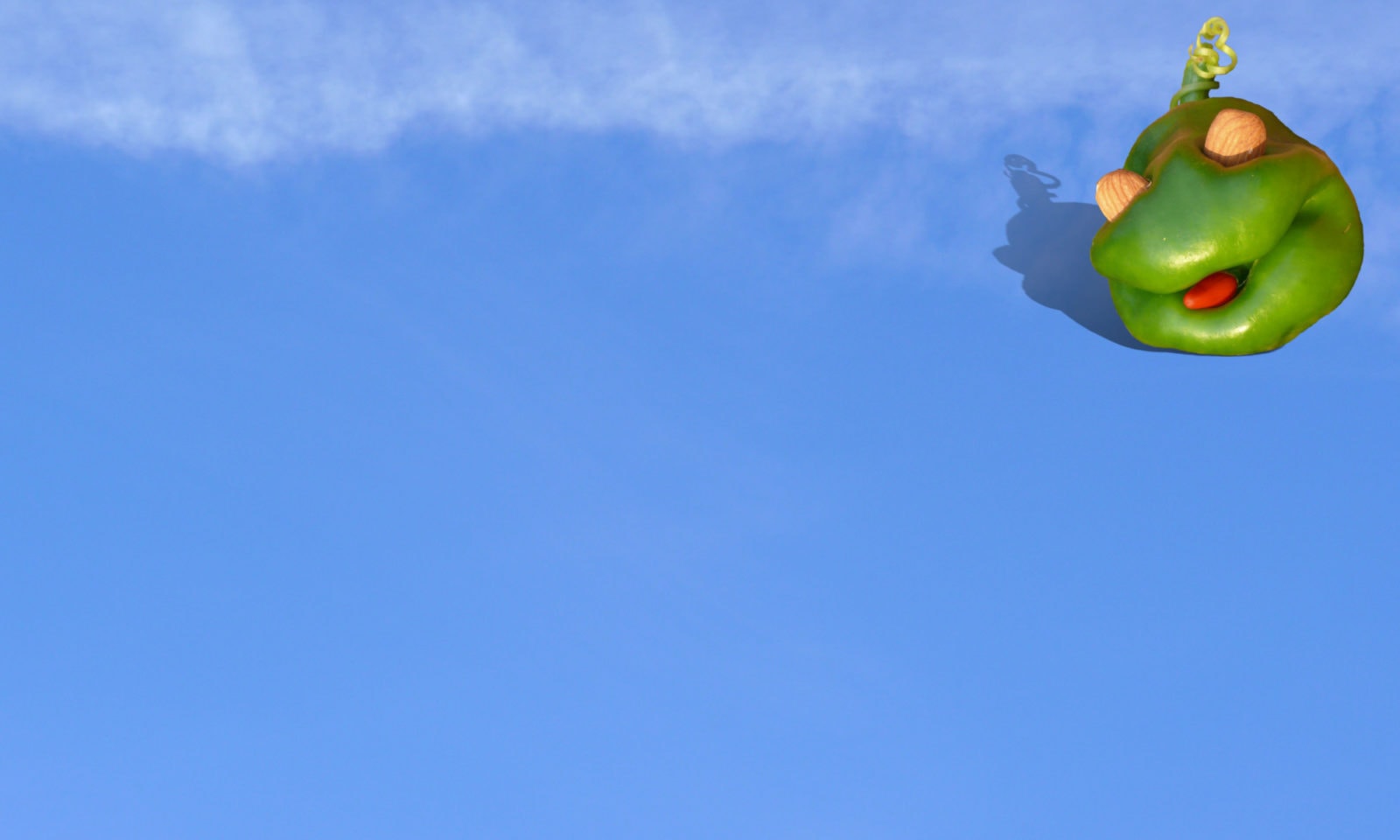Can Natural Flavors Contain Gluten?
Cheryl Harris, MPH, RD
The simple answer is yes; however, this rarely happens.
The Food and Drug Administration (FDA) has pages and pages of rules about the different terms we see on labels. Both hydrolyzed wheat and barley are used as flavoring agents. However, wheat proteins must be declared in the U.S and cannot be hidden under “flavor” or natural flavor.[i] They must be declared by their “specific common or usual name”, and the Food Allergen Labeling Consumer Protection Act (FALCPA) of 2006 also states that wheat needs to be clearly labeled.
So this leaves barley as the main potential problem. (Rye is mostly only in rye bread, which you’re not eating for other reasons!) However, since barley malt is an expensive ingredient, it is rarely “hidden” under flavors. As Shelley Case, an international GF expert writes “barley malt extract or barley malt flavoring is almost always declared as “barley malt extract” or “barley malt flavoring”. For this reason, most experts do not restrict natural and artificial flavorings in a gluten free diet”[ii] A notable exception to this rule is “smoke flavor”, which often contains barley flour.[iii] Gluten Free Living states there is a “very small chance one [ingredient] might be made from barley that’s not spelled out on the label… the answer seems to us that the risk is so small, it’s not worth worrying about.”[iv]
“Almost always” isn’t good enough? Call the manufacturer, or check on their website. Many mainstream companies voluntarily promise to list gluten-containing ingredients plainly on labels, such as Kraft, Wegmans, Walmart, McCormick, ConAgra (Act II, Alexia, Hebrew National, Egg Beaters, Crunch ‘N Munch, Healthy Choice, Hunt’s, Jiffy Pop, La Choy, Libby’s, Marie Callender’s, Orville Redenbacher’s, Pam, Parkay, Peter Pan, Poppycock, Redi-Whip, Slim Jim, Swiss Miss, & more), etc. Or, to eliminate risk all risk of gluten, try certified gluten free foods http://www.gfco.org/ or
Also, the FALCPA laws ONLY apply to:
- Foods under the FDA—meat, poutry and egg products have voluntary labeling
- Imports and dietary supplements/vitamins ARE covered by the law, but enforcement is currently very poor.
- Products sold since 2006. All bets are off on old packages in mom’s pantry
- Medications are NOT included.
The bottom line:
- Natural flavors are usually not a problem in foods manufactured in the U.S. since 2006. Currently wheat is always labeled, barley is usually labeled.
- Call and check with the manufacturer to be absolutely sure.
- This does not give any information on cross contamination.
- If you suspect that something you eat makes you feel sick, please don’t eat it!
[i] USA Code of Federal Regulations 101.22 (h) (7) http://www.accessdata.fda.gov/scripts/cdrh/cfdocs/cfcfr/CFRSearch.cfm?fr=101.22
[ii] Case, Shelley. 2008 Gluten Free Diet—A comprehensive resource guide. Case Nutrition Consulting Inc.
[iii] Tricia Thompson. Flavorings and Extracts—Are they gluten free? http://www.glutenfreedietitian.com/gluten_free_books.php
[iv] Amy Ratner, “On Your Plate” Volume 9-3 www.glutenfreeliving.com
